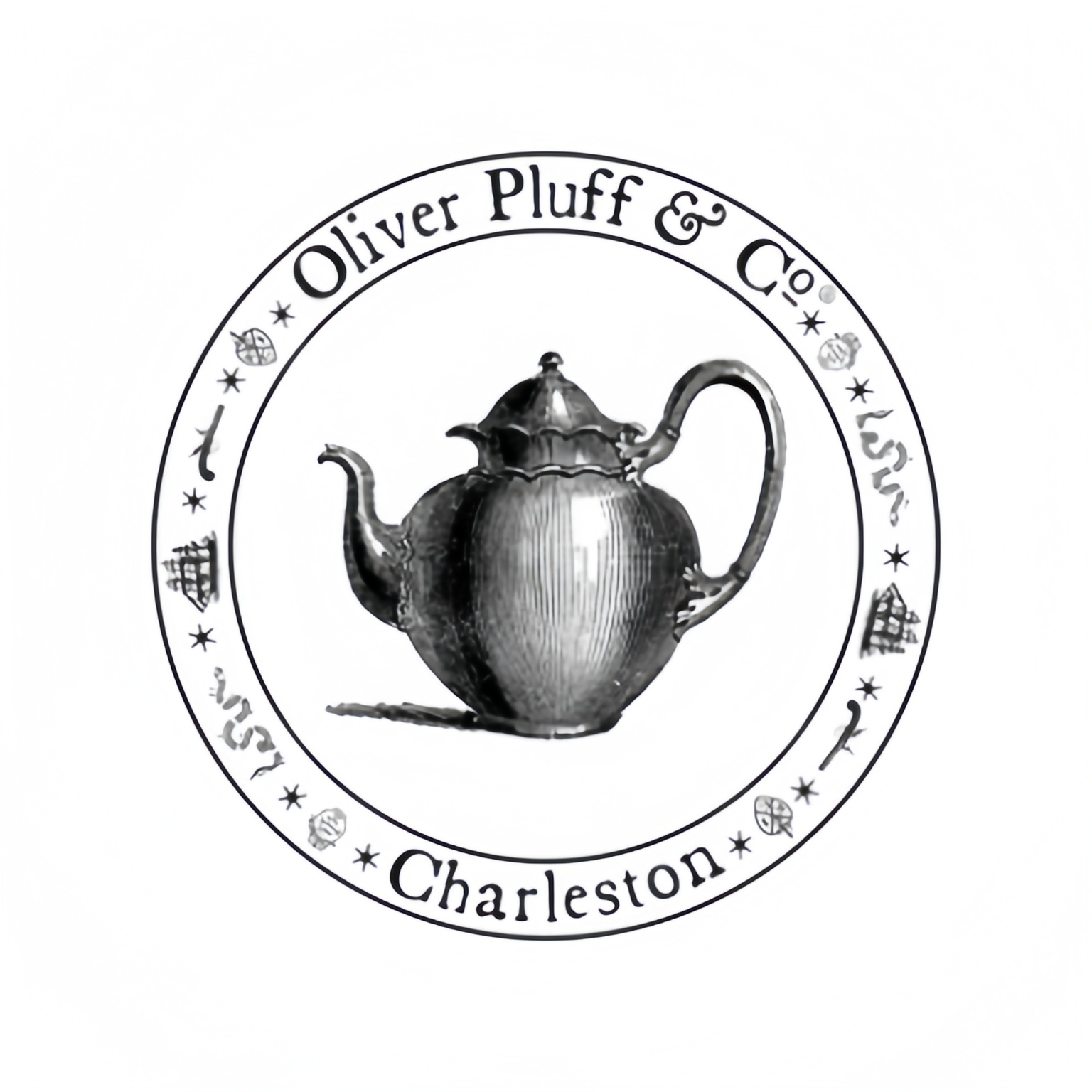Chinese traditional tea set in historical
Welcome to the authentic tea culture, the Chinese traditional tea set in historical has witnessed the trajectory of tea art development from generation to generation. For tea lovers and enthusiasts, “teaset” is more than just a drinking utensil, it is also a work of art with the concept of Chinese traditional tea cultural significance.
Application
Traditional tea sets can be used in a variety of settings and have multiple functions beyond just drinking. In what fields can a traditional Chinese tea set be?
While today the main use case is in the home and personal sphere, traditional tea sets still maintain applications for certain industries.
Hospitality: Traditional tea sets can be used by high end hotels, guesthouses and resorts to facilitate authentic tea experiences for their residents, contributing to a deepened cultural understanding and adding an original amenity to their offer. Obvious applications are Tea houses, and specialty cafes, where the set figures as part of the guest’s experience.
Cultural and Educational Institutions: Museums, cultural centers, and educational programs with a focus on Asian studies, history, or art can utilize these sets for demonstrations, workshops, and exhibitions, providing a tangible connection to historical practices.
Retail and E-commerce: Specialty shop selling products such as tea, ceramics, housewares, and cultural products are key retail channel. Besides, the story adds a historical dimension to it and acts as a unique selling point.
Gifting: No other tea set projects prestige quite like a prized antique. Corporate Gifting: An historically significant, premium tea set is a prestigious corporate gift for an overseas partner, executive.
Interior Design: The historical significance and visual appeal of Chinese plates, especially the Chinese yellow plates and Ming plate, make them aesthetically pleasing decorations that can adorn homes, offices, or public spaces, enhancing their overall style and adding a touch of elegance and cultural depth.

What are the solutions
Beyond a primary function to brew tea, a traditional Chinese tea set satisfies several needs and desires:
Aesthetic engagement: It turns the prosaic act of drinking tea into a mindful ceremony to relax, center one’s thoughts, and cultivate an awareness of the tastes, smells and textures of the tea and in the presentation of the.
Traditional Ritual and History Connectivity: For users who are interested in history, culture, and heritage, the set provides a physical connection to the past to understand past but experience a connection with traditional Chinese customs.
Mindfulness and relaxation: The ritualistic elements of traditional tea-making encourage slowing down, being present, and taking a break from the bustle of the outside world.
Welcoming Guests: Treating the guests with tea in a delicate traditional set signifies a sense of hospitality, giving the feeling of special to those around you, forming cordial and.
Finding Meaningful Gifts: If you’re looking for rare, interesting, and high-quality cultural presents, as opposed to mass-produced items that can be purchased in practically any city on earth, then a traditional tea set that is steeped in history is a great way to go that expresses care and gratitude.
Aesthetic Value: The set’s artistic design and craftsmanship make it a delightful decorative piece, enhancing the ambiance of any room.

FAQs (Frequently Asked Questions)
Here are some frequent questions users may have about this Traditional Tea Set Chinese:
This tea set has been made in the style of a certain historical period, based on [please add the name of the dynasty e.g. the Song Dynasty] techniques. The designs, the materials and the firing practices all have been inspired by or copied from those used in this time. Historical significance: while an item such as this is unlikely to be of enormous cultural significance, it is representative of the development of Chinese tea culture and ceramic techniques.
Sets are typically made from high-quality ceramic, such as porcelain or stoneware, from noteworthy ceramic production centers such as Jingdezhen. The ceramic type can influence the taste of tea, as well as the durability of the set. Some sets feature specific types of glaze or decoration characteristic of the period.
Rinse with warm water after each use. NO SOAP! Soap can leave trace aromas and flavours that can affect the taste of your tea. Soap also builds up in the porous clay and may result in a slick film developing on your Yixing teaware. Detergent not only changes the flavor of tea over time, but may even decrease or remove the natural layering (patina) which forms in a Yixing teapot over continued usage. Warm water and a soft brush is typically all that is needed for more thorough cleaning. Allow to air dry completely before storing. Avoid sudden changes in temperature.
While you could use this set for any tea, many traditional Chinese tea sets are designed for specific types of tea. Unglazed Yixing clay pots, for example, are best suited for Puerh or Oolong teas, as the clay absorbs the flavor of the tea over time, soaking in some tea essence and providing a better brew the more it is used, making them less suitable for other teas. Glazed porcelain is a much more versatile material, more suitable for green, white, or black tea. Think about the material of the tea set, and what types of tea you enjoy.
Performing a traditional Chinese tea ceremony, also known as Gongfu Cha, with a traditional tea set involves several steps and requires a good understanding of the process:
A traditional tea ceremony involves warming the vessels, rinsing the tea leaves, steeping the tea in short intervals, and serving the small cups of tea. The steps and tools will vary slightly depending on the region and tea type. We can walk your through the basics or recommend resources that teach the full tea ceremony.
The items in a standard traditional tea set are the teapot, tea cup (often small, handleless cups), tea pitcher (Gong Dao Bei), tea strainer and sometimes a tea tray or board. In larger sets, there are often extra items such as a tea caddy, tea tools (scoop, needle, tongs) and a waste water bowl.
Yes, we provide [indicate warranty period, e.g., one-year] warranty for manufactured defects. We also provide a guarantee on the material used and authenticity of the traditional craftsman. Please see our warranty.
Think about what kind of tea you most often drink, you budget, what style or aesthetic you prefer and what size of set you’re looking for (for how many people). If you are new to traditional tea, you might want to try for porcelain so you can brew many types of tea; If you are most interested in a specific type of tea like Puerh, a yixing unglazed teaware set would be a good choice; The historical period or place represented by the set may also be a factor if you are looking for a certain cultural connection.
Selection/Comparison Tips
Choosing a traditional Chinese tea set can be quite fun. Here’s how this historically significant set stacks up against other options, along with some tips for making your selection:
If you’re trying to choose between a modern or Western-style tea set, most traditional Chinese tea sets will offer a very different experience. Regular pots and mugs aren’t so focused on the ritual of tea preparation and appreciation. (Indeed, many people who us nontraditional teaware prioritize convenience and volume over the experiences of small servings, multiple infusions and connecting with the tea itself.)
Comparing this historically inspired set to a traditional Chinese tea set, you’ll notice the following:
| Feature |
This Historically Significant Set |
Other Traditional Sets (General) |
Modern/Western Sets |
| Historical Context |
Directly replicates or is inspired by specific historical periods |
May follow traditional styles but without specific historical links |
Focus on contemporary design and function |
| Craftsmanship |
Often features artisanal techniques passed down through generations |
Varies widely, from mass-produced to artisanal |
Varies widely, often machine-made |
| Materials |
High-quality, often regionally specific ceramics (e.g., Jingdezhen) |
Can use various ceramics, glass, or other materials |
Wide range of materials (ceramic, glass, metal, plastic) |
| Design & Style |
Reflects aesthetics and forms of a particular historical era |
Follows general traditional forms, may have modern twists |
Contemporary, minimalist, or decorative styles |
| Tea Experience |
Focuses on Gongfu Cha, multiple infusions, mindful ritual |
Can be used for Gongfu Cha, but less emphasis on specific history |
Often designed for single infusions, larger volumes |
| Value |
Higher value due to historical significance and craftsmanship |
Value varies based on material, craftsmanship, and origin |
Value varies widely based on brand, material, and design |
| Ideal For |
Collectors, history enthusiasts, those seeking authentic ritual |
Tea lovers, those appreciating traditional aesthetics |
Everyday use, convenience, larger gatherings |
Data Source: Historical context, artisanal craftsmanship, and regionally specific ceramics (e.g., Jingdezhen) for historically significant tea sets, from the Jingdezhen Imperial Kiln Museum and UNESCO Intangible Cultural Heritage documentation.
URL: https://www.jdzgm.cn/
URL: https://ich.unesco.org/en/lists
Buyer’s Suggestions:
For the Purist/Collector: if greater authenticity and historical accuracy is the main goal, then this is a good set. Check what period it represents through research, before purchasing.
For the tea drinker: Choose your material. Is it going to be suitable for the kind of tea you drink? Do you want a unglazed set a la puerh or oolong or a blank glazed canvas for.
Givers will love that his bit of history adds extra meaning to his pedigree, prestige and memory to the present.
For Beginners: While using this set is a wonderful way to establish a meaningful connection with tradition, it demands a notable degree of effort to truly engage with the historical context and the dynasty’s characteristics. For those seeking a more straightforward traditional set, an alternative option could be a less historically situated traditional set.
Traditional Chinese Tea Set Experience: How does it feel to use this Traditional Chinese tea Set? What do customers say?
We present several hypothetical scenarios to illustrate the potential impact and application of this Traditional Chinese Tea set.
Case Study 1: Enriching a Cultural Workshop
A cultural center that specializes on East Asian arts and traditions sought to create a more engaging, immersive experience for their participants. They purchased this Traditional Chinese Tea set (a replica of a traditional Tang Dynasty tea set that evokes the elegant simplicity of the period). Through use of the historically authentic traditional tea set, participants in their tea ceremony workshops were not only able to learn about each step of the traditional tea ceremony, but also the historical period and aesthetic of the period. Participants’ experience of touching and handling historically-inspired pieces in itself enhanced their understanding of and appreciation for the cultural practice (versus previous workshops). The workshop was much more engaging and memorable by virtue of use of the historically-inspired set. Their feedback all cited the authenticity of the experience as one of their key takeaways.
Customer Story 1: A Daily Ritual of Mindfulness
Sarah, a graphic designer living in a city felt increasingly overwhelmed and stressed with the busyness of city life. She wanted to find ways to disconnect, relax, and unwind. She had a casual interest in tea and wanted to learn more about traditional ways of making tea. Upon buying this traditional Chinese tea set she was drawn to it by its historical story and beautiful craftsmanship. Sarah began incorporating a small tea session into her routine during the evenings. She found taking the time to prepare tea with the traditional set – warming the pot, appreciating the aroma of the leaves, slowly sipping through the small bowls – became a mindful ritual in her day. Each session grounded her and she felt more relaxed and present. She found the historical connection of the set made her feel more deeply connected.
This Chinese teapot set is not just a set of vessels but a gateway to hands-on exploration of history, culture, and immersion of meditation art in daily life through the ancient ritual of tea.























Brandon Miller –
The quality is self evident. My mother-in-law, visiting from Montreal, immediately noted the the authentic Ming dynasty styling influences.
Keiko Tanaka –
Great investment piece ! The historical value will only increase by time while enjoying on daily base.
Isaiah Jackson –
I love the smooth, seamless surface and ideal, ergonomic dimensions; each piece feels weighted and intentional in my hand.
Samantha Kowalski –
Makes an elegant gift for any lover of culture. Exquisitely packaged and complete with historical notes.
Ahmed Mahmoud –
Used daily for 6 months. The beauty is only matched by the durability.
Grace Liu –
Absolutely love this tea set! The historical details make each sip feel special.